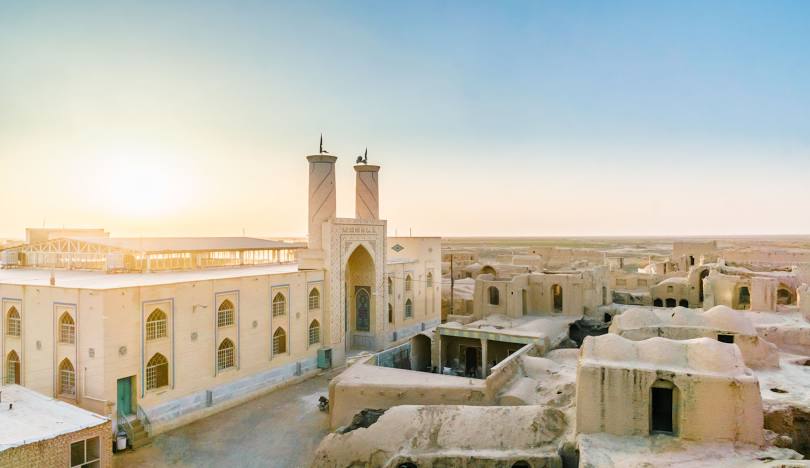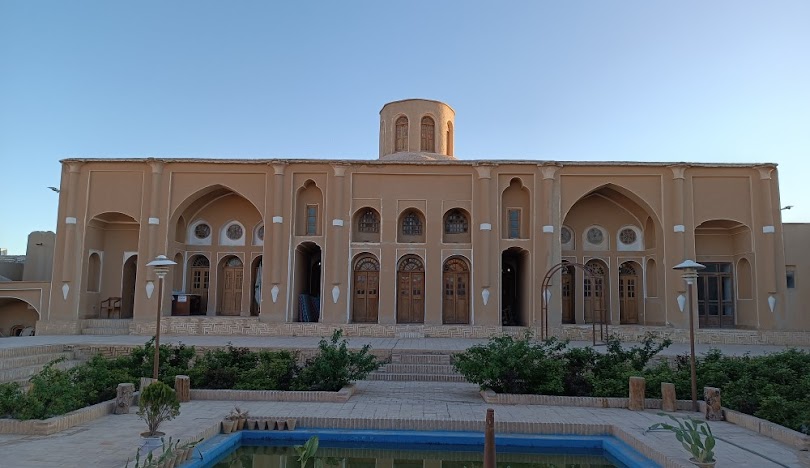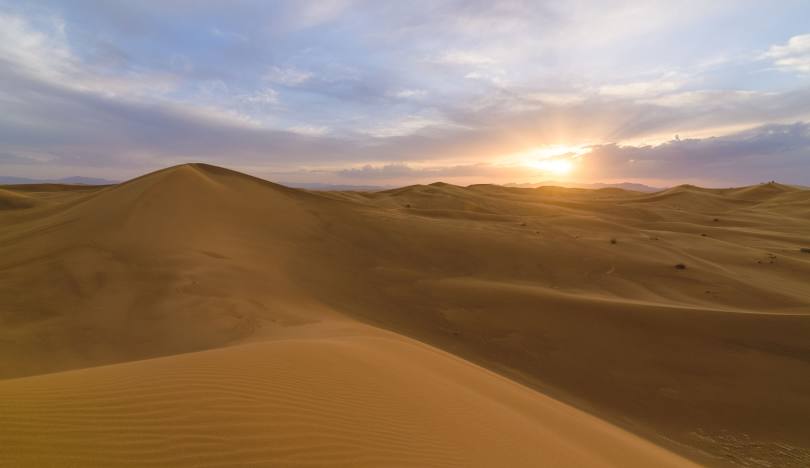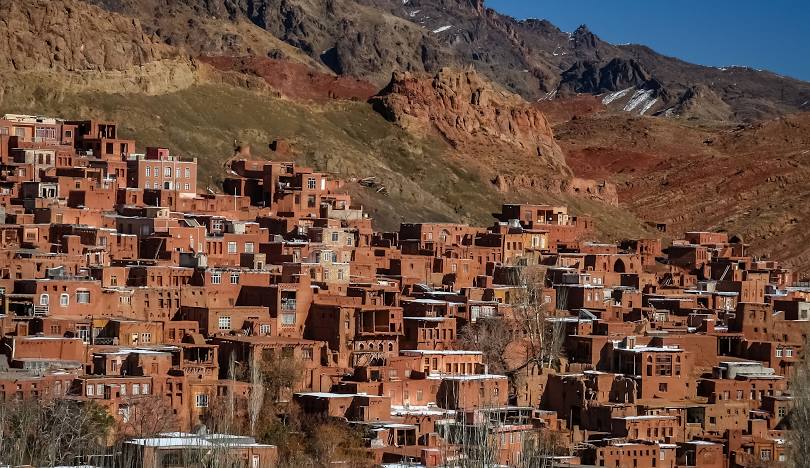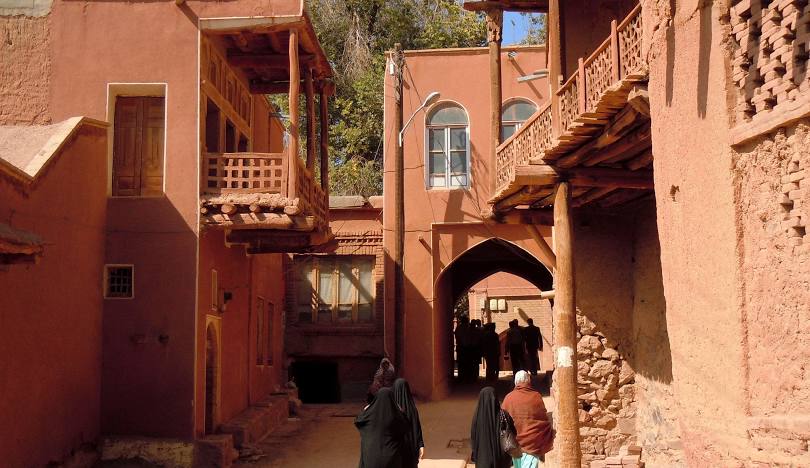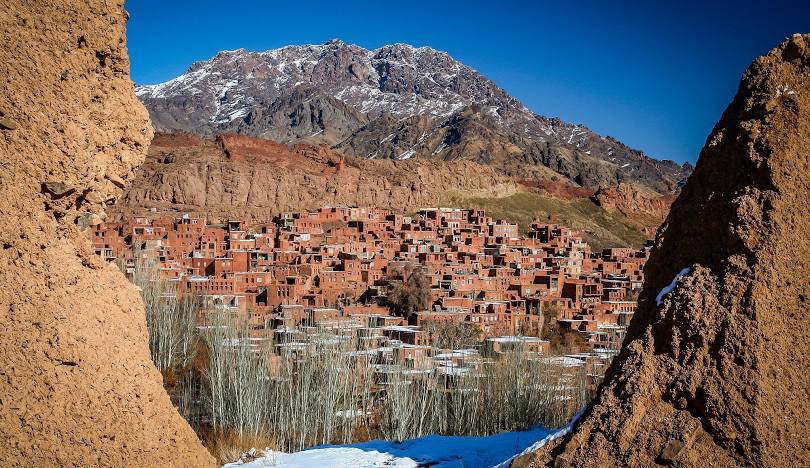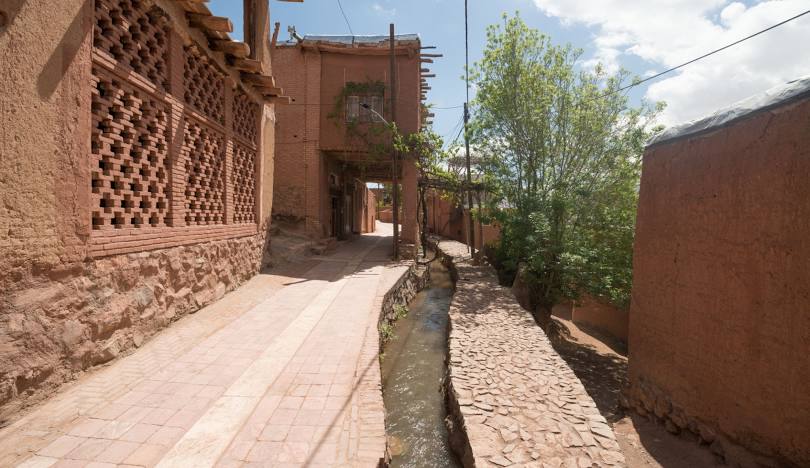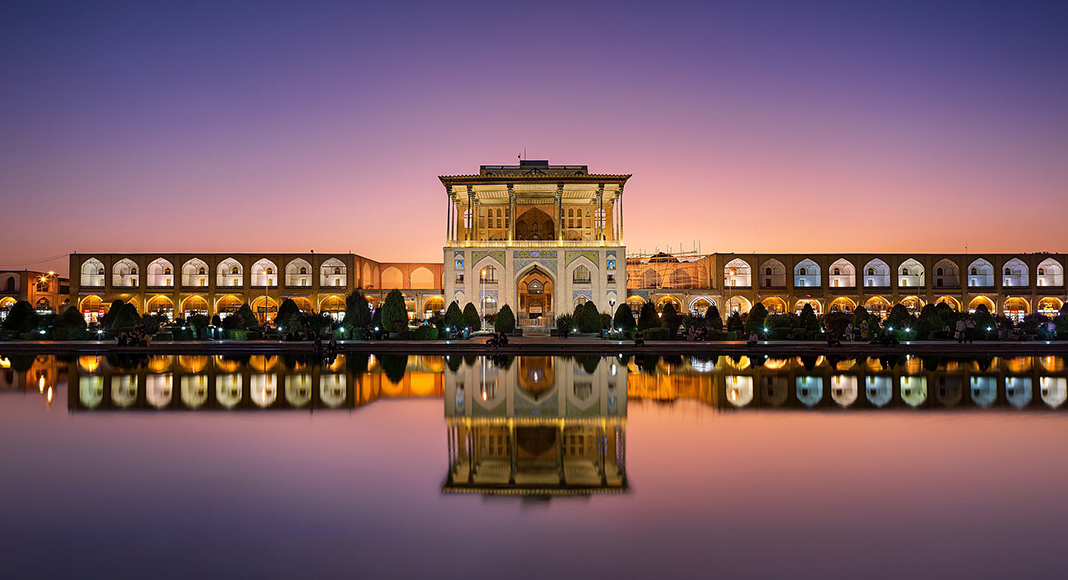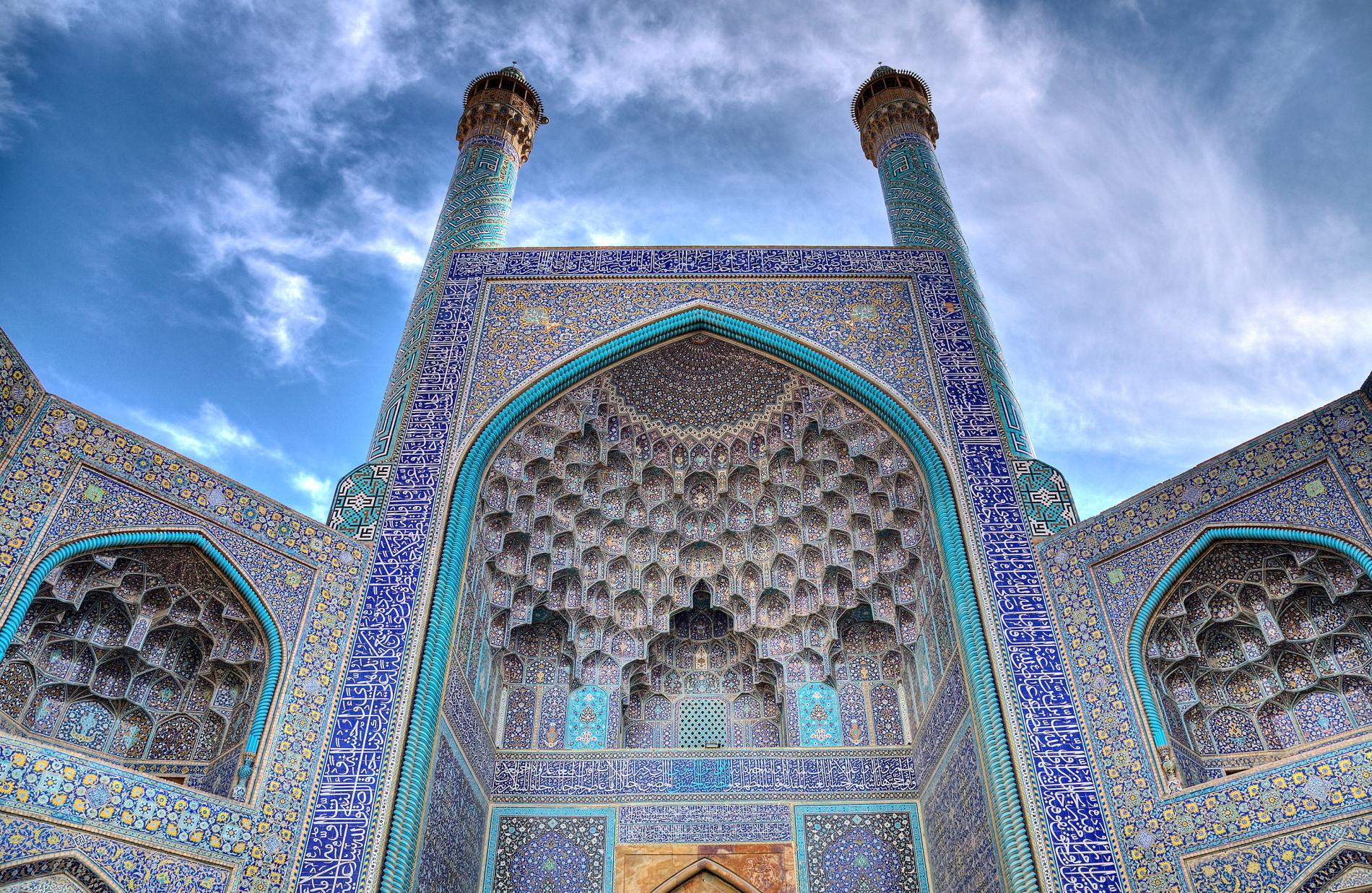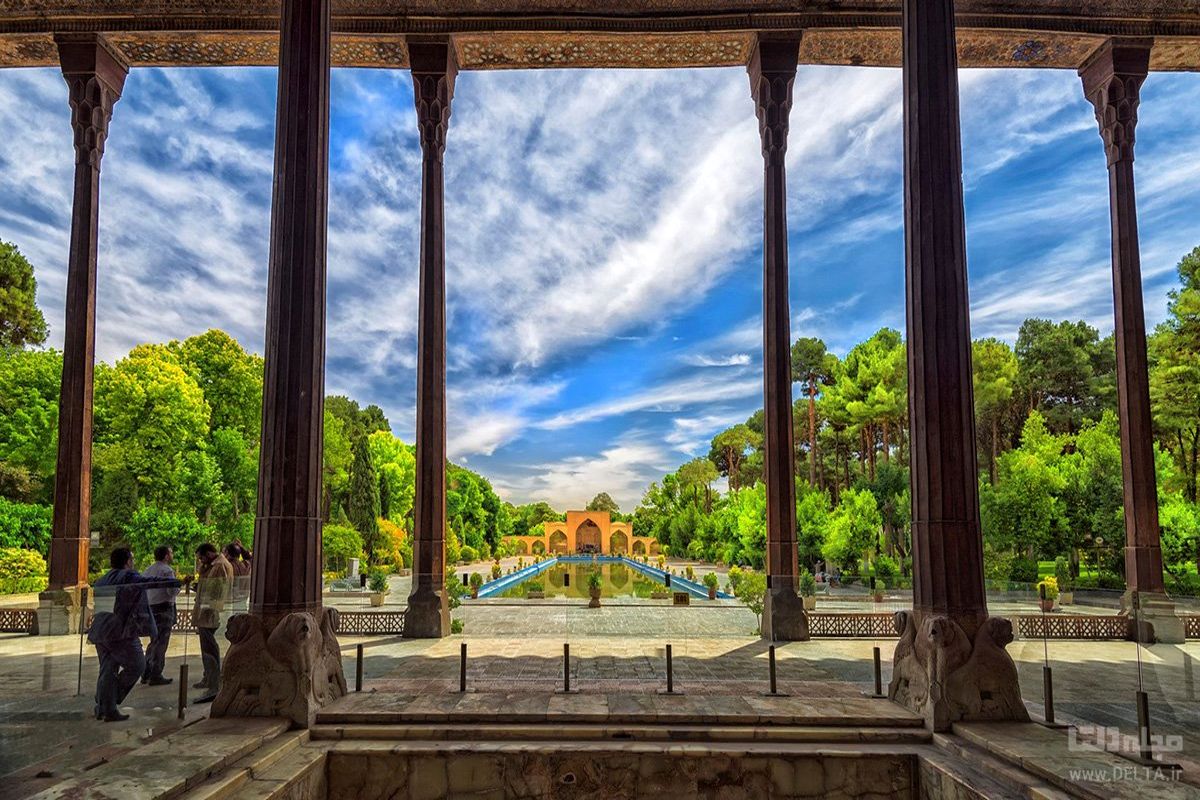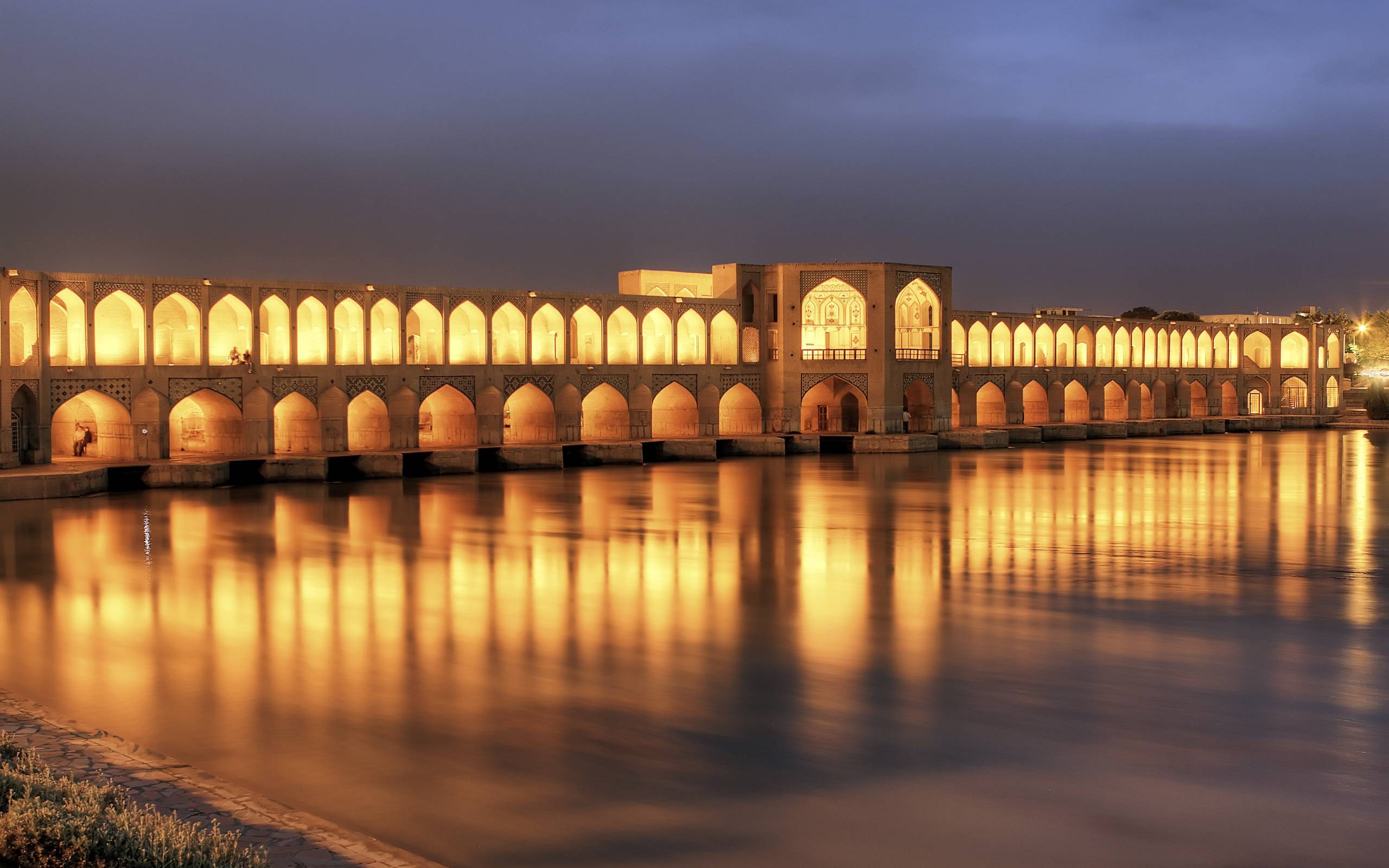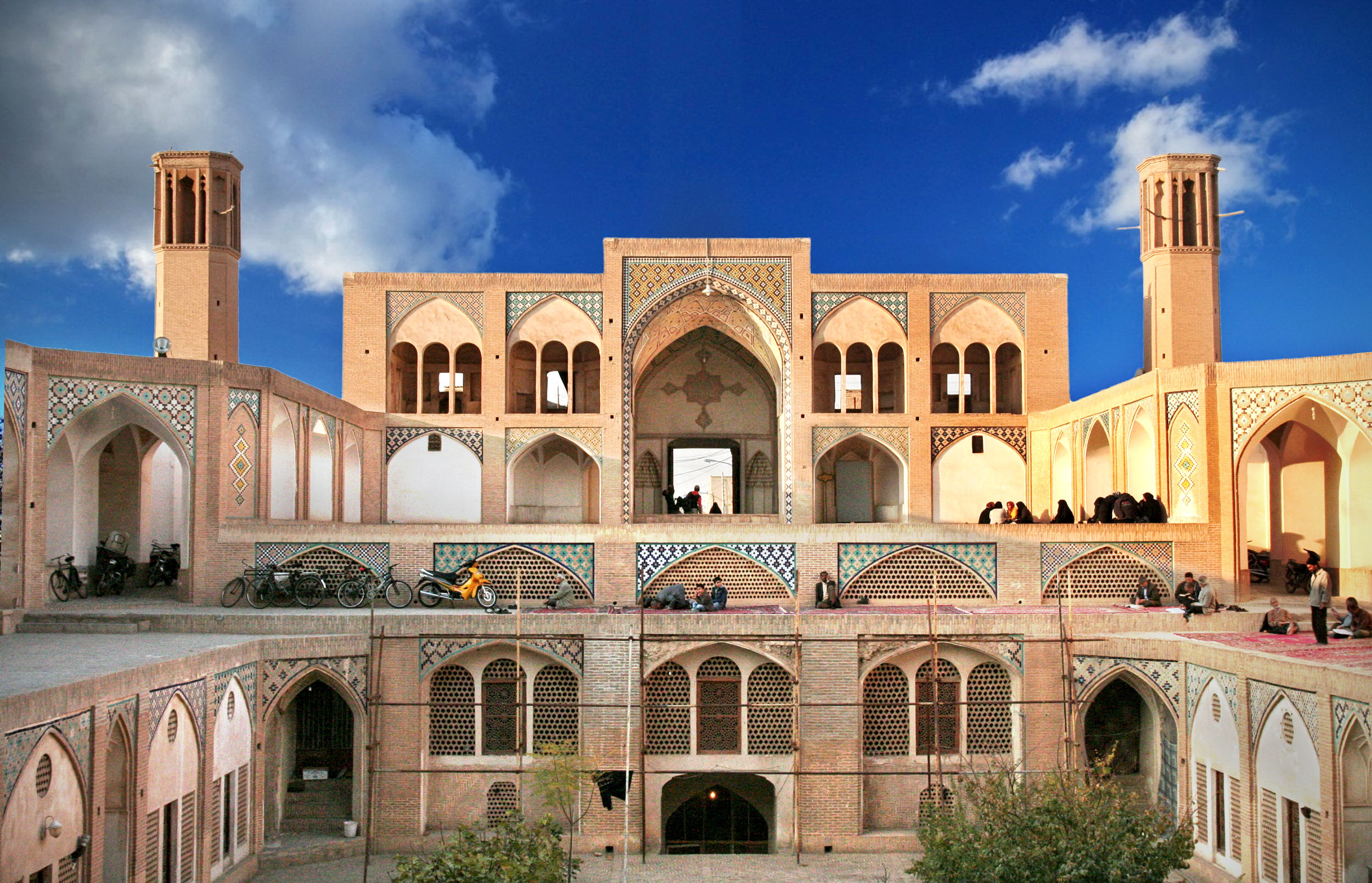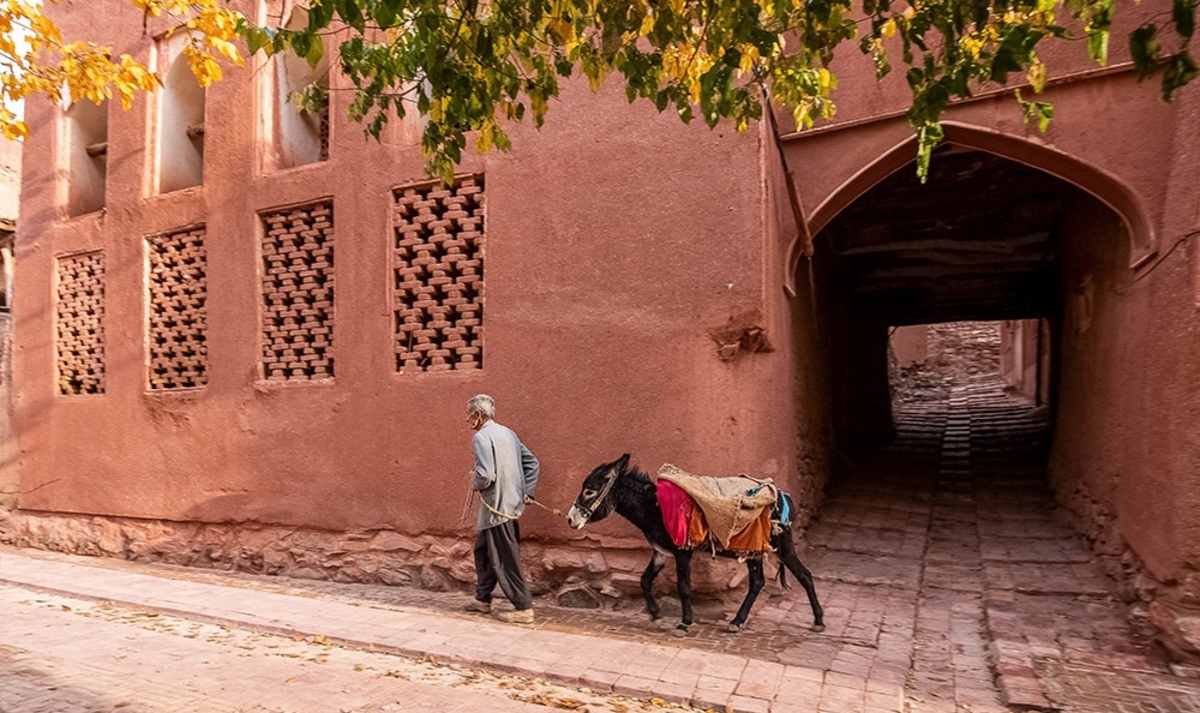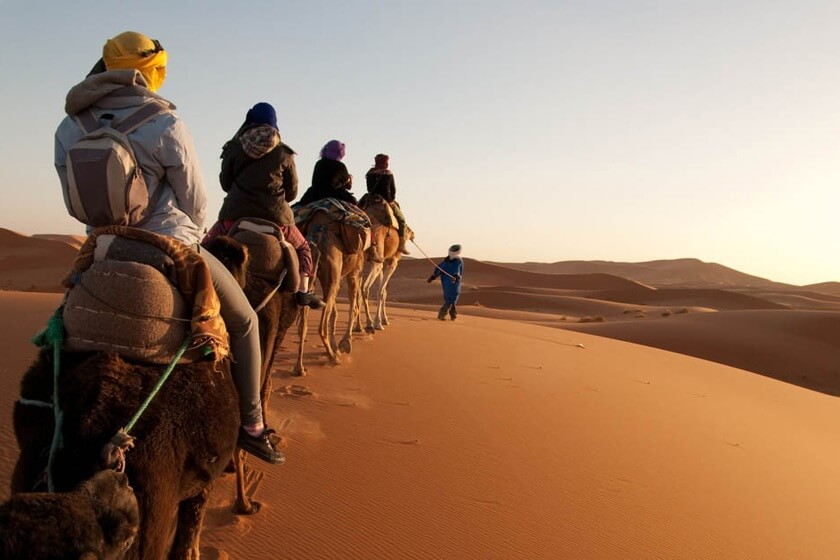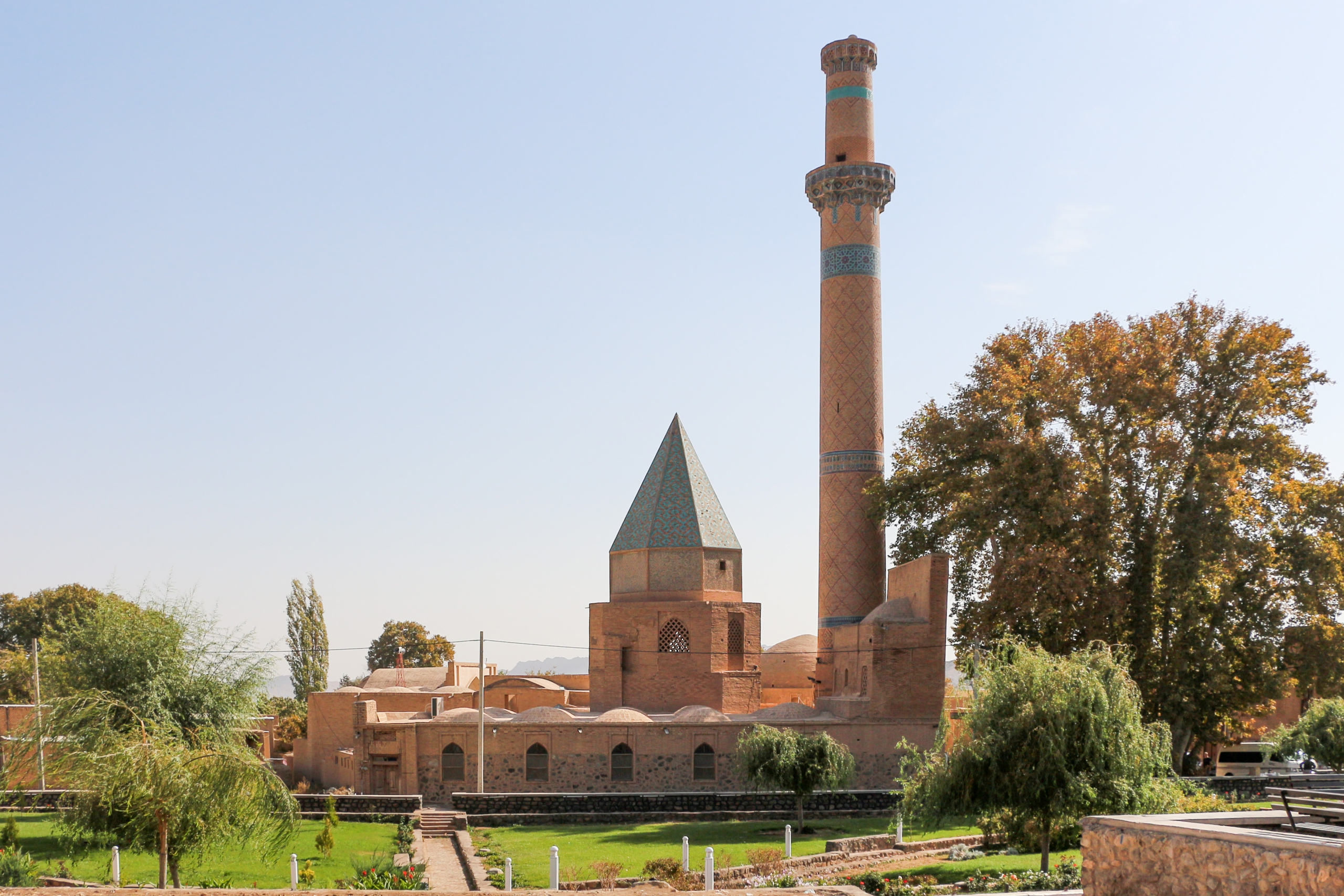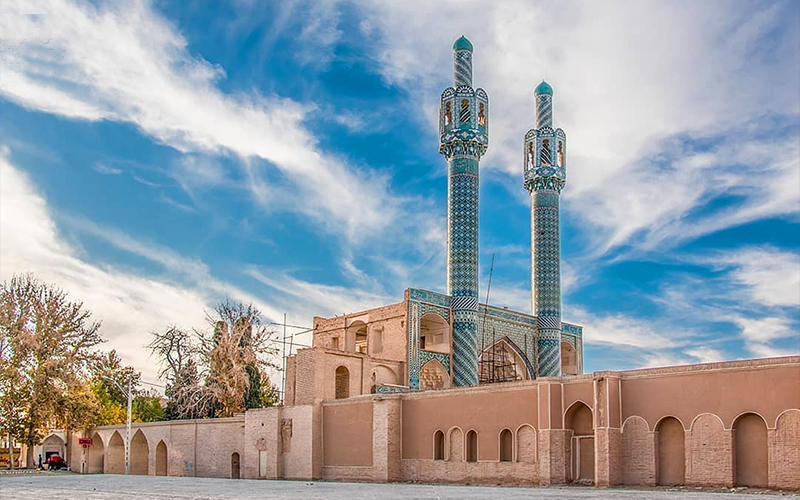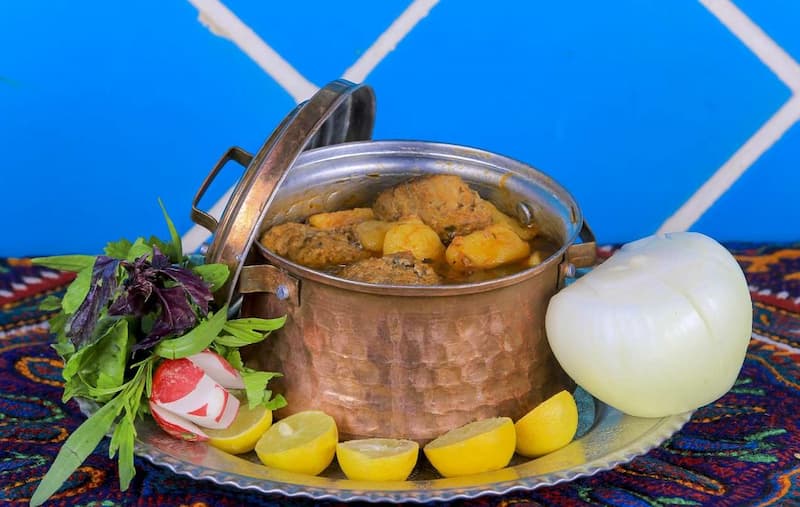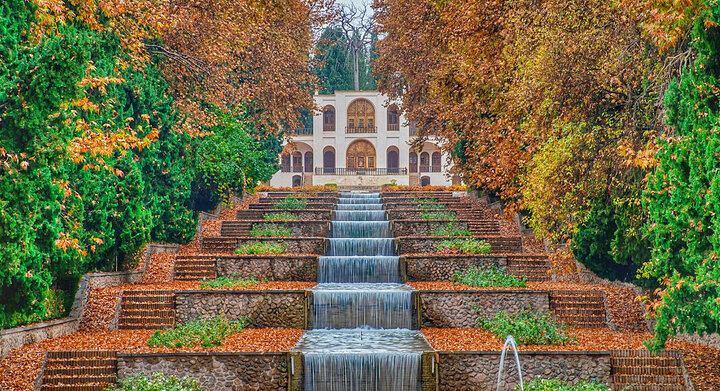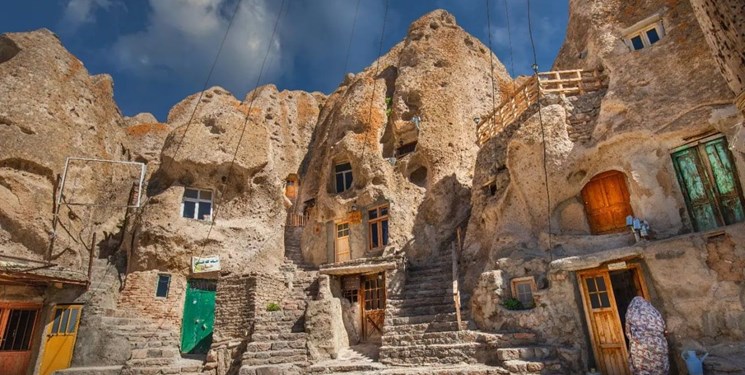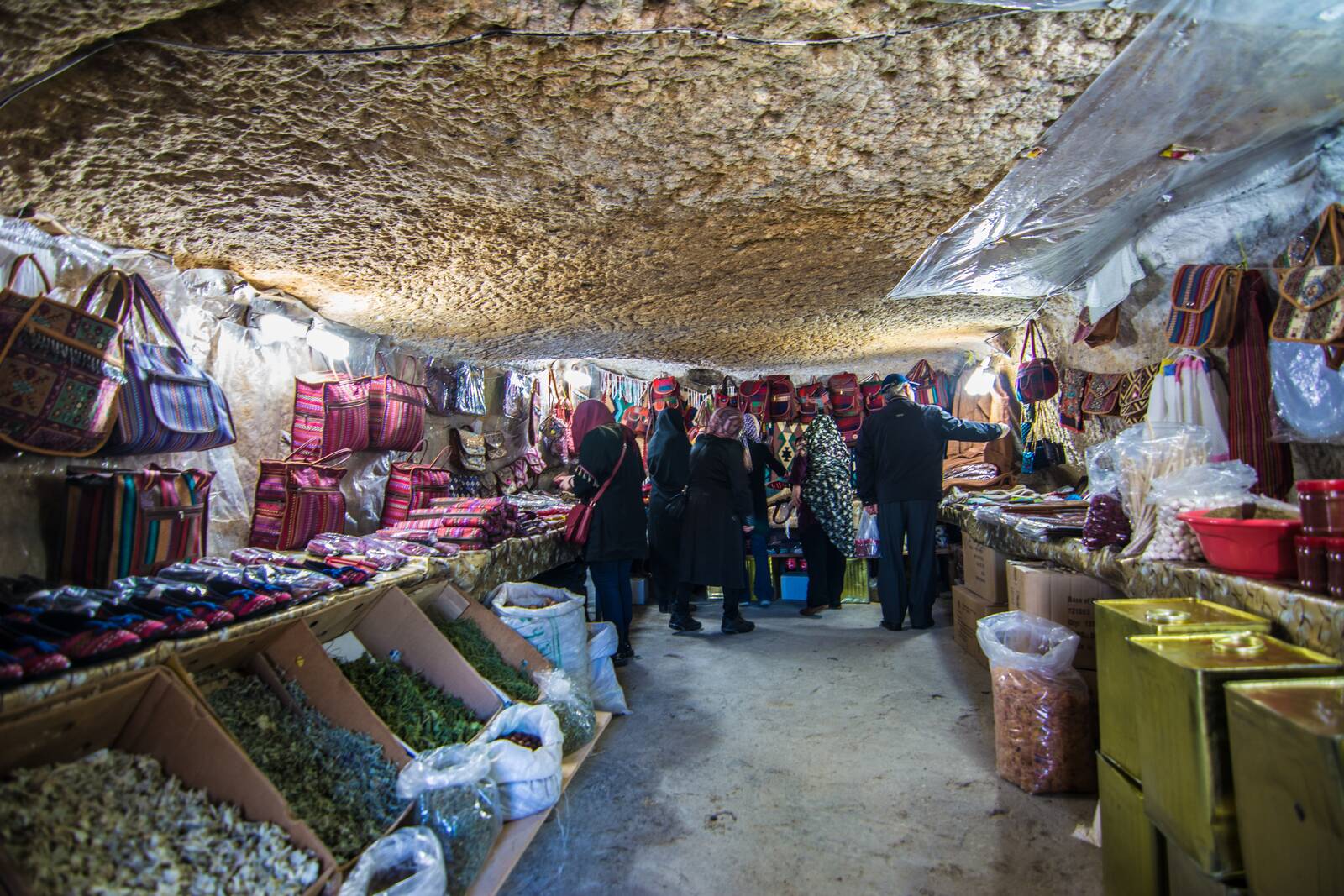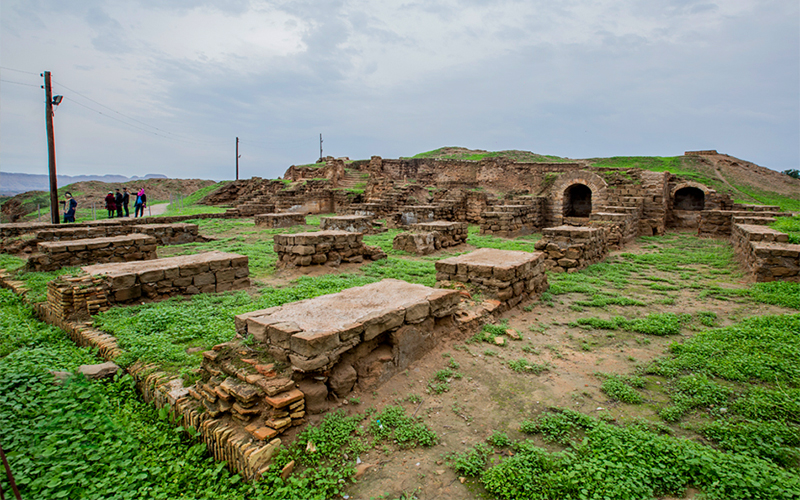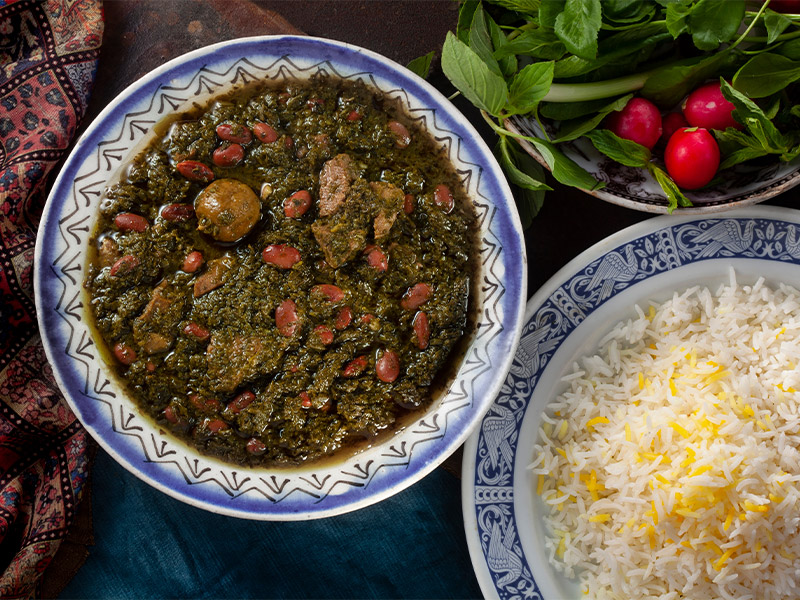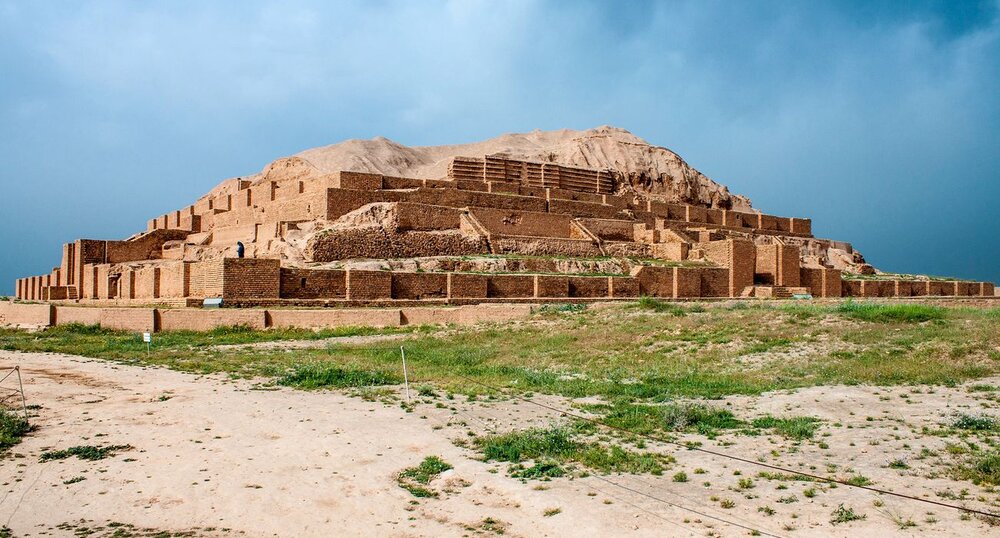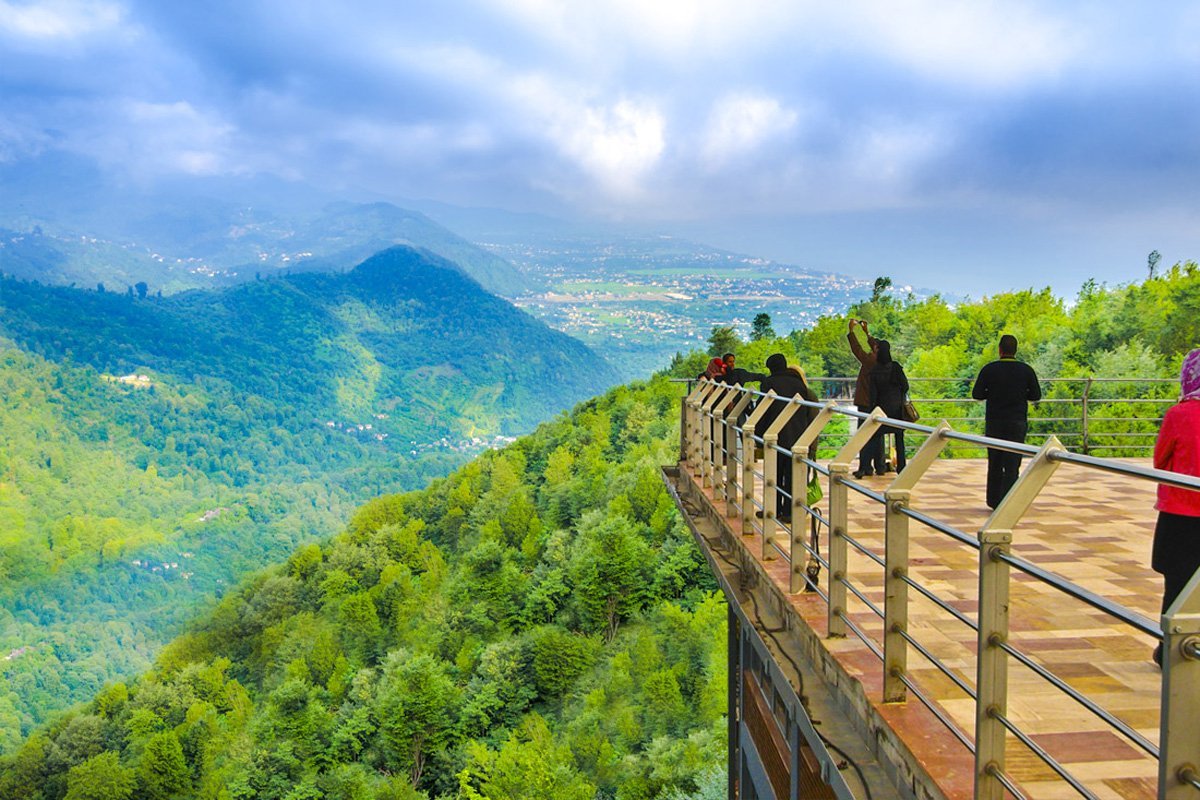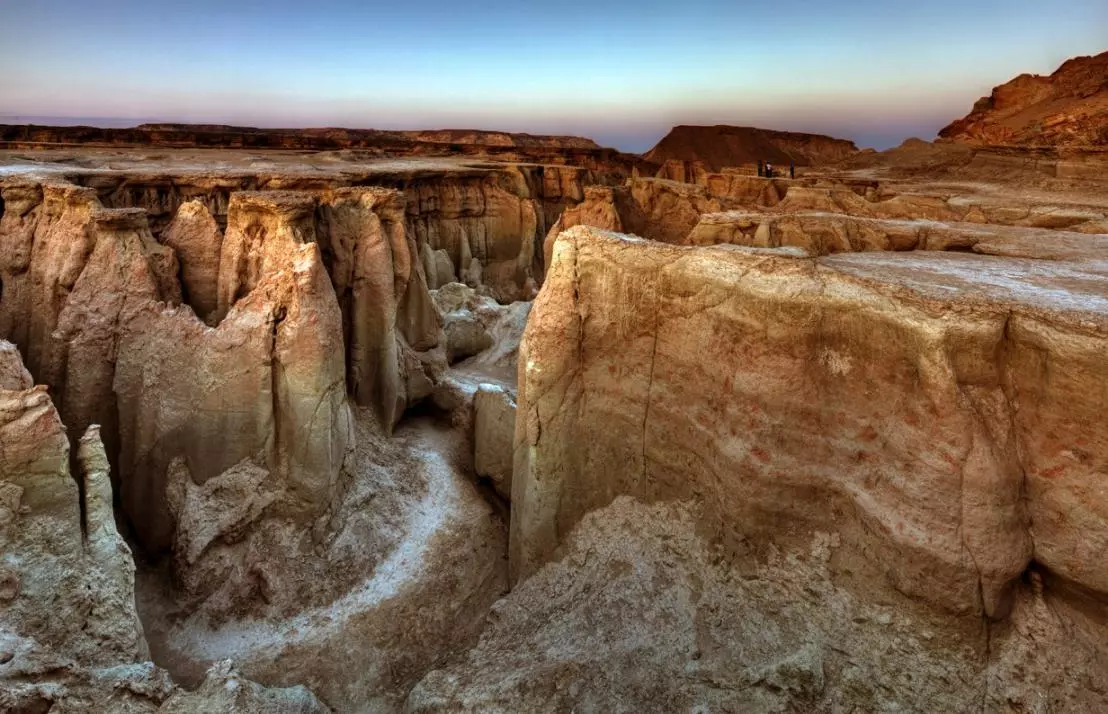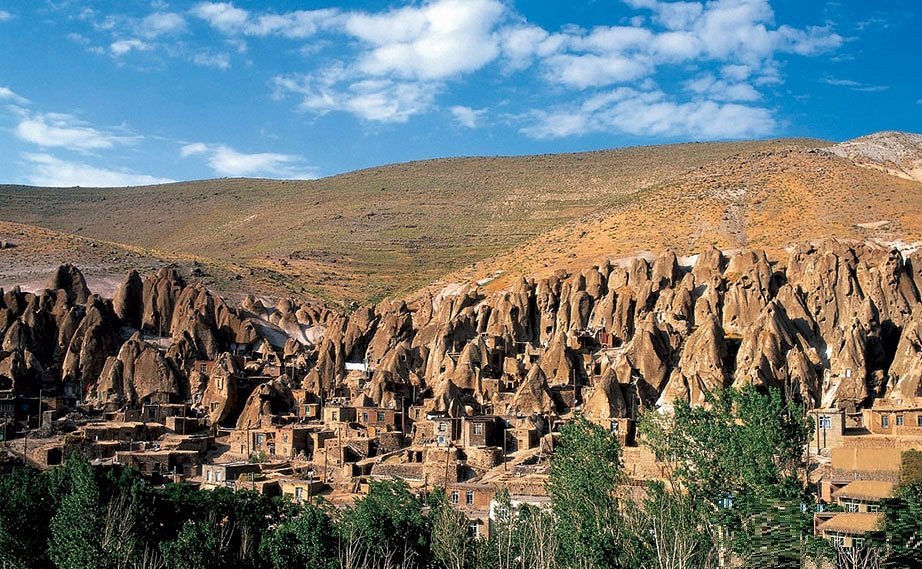Nowruz Eid: The Iranian Celebration of the New Year
On the list of festivals people acknowledge and honor, celebrating the New Year ranks near the top. The first human beings who started celebrating the New Year were people from Babylon. Apparently, they celebrated a day in late March as the beginning of the New Year which was the first moon after the vernal equinox. Ever since, people from every culture and religion have been celebrating a day in their calendar as the New Year having different kinds of traditions. Christians celebrate the birthday of Jesus Christ as the beginning of the New Year (Christmas) and the Jewish people celebrate the day which they believe was the day of Man’s creation known as Rosh Hashanah. There is also another celebration of New Year known as Nowruz Eid about which we are going to talk in this article.
What is Nowruz Eid?
Iranians, just as any other rich culture, have a variety of festivals they honor throughout the year such as Yalda Night: an Iranian celebration of the first night of winter, Sepandarmazgan: ancient Iranian day of women, Chaharshanbe Suri: the fire festival and so forth. But among all of these lovely festivals and traditions Nowruz Eid is the most loved one by the natives. The reason is simple: Nowruz Eid is the Iranian celebration of the New Year. You might find it interesting to know that Nowruz in the original Persian (Farsi) is consistent of two words: ‘now’ and ‘ruz’. The first word means ‘new’ and the second means ‘day’ so, Nowruz literally means ‘new day’ in Persian. Also, the word ‘Eid’ means ’festival or celebration’. In conclusion, Nowruz Eid really means ‘the celebration of the new day’.
When is Nowruz Eid celebrated?
For people from Iran the New Year coincides with the beginning of spring. In the Solar Hijri calendar, which is used by Iranian people, the first month of the year is called Farvardin and the first day of Farvardin is considered as beginning of the New Year, aka Nowruz Eid. On the Gregorian calendar however, Nowruz Eid is on March 21, 2023. On this day, you can literally see every Iranian celebrating this happy occasion wherever they are in the globe.
Which religion Nowruz Eid is originated from?
Even though the current official religion of Iran is Islam, this has not always been the case. Islam did not come to Iran until 665 AD. Before that the official religion of this country was Zoroastrian and Nowruz Eid is said to have originated from this religion.
The Historical Background of Nowruz Eid
The exact date of the first celebration of Nowruz Eid is not entirely clear. However, it is said that 3000 years ago, Jamshid, the great king of Iran at the time, named this day as it is called now and his people were the first ones celebrating this day. Moreover, the great Persian poet, Ferdowsi has stated in his masterpiece known as Shahnameh that when Jamshid was passing through Azerbaijan, he demanded a crown which then was lit by the sunshine and made the whole world brighter which made people so joyful. Then, for the sake of people’s happiness he named the day as Nowruz Eid and saved his people from the horrors of the cold winter. In case you like to know a little more about Iran’s dynasties, you can visit Iran’s flag.
Although Nowruz and Nowruz Eid are said to date back to the Medes, the first Iranian king who really acknowledged Nowruz Eid was Cyrus the Great. This day was also celebrated in the Sassanid era when Nowruz Eid continued for at least 6 days. The Parthian Empire honored this celebration, too. Nowruz Eid has changed throughout time but what is left of it for almost 200 years is now the most popular festival of the year for Iranian people.
Who celebrates Nowruz Eid?
Even though Nowruz Eid is mostly known as Iranian or Persian festival of the New Year, there are people who celebrate this joyous occasion in other countries as well, such as Afghanistan, Azerbaijan, India, Iraq, Kyrgyzstan, Kazakhstan, Pakistan, Tajikistan, Turkey, Turkmenistan and Uzbekistan.
How many days is the Nowruz Eid holiday?
As already mentioned, 21st of March (1st day of Farvardin) is the day when the Persian New Year begins. From this day the Nowruz Eid holiday starts in Iran and it goes on for 13 days (13th of Farvardin). This means most of the Iranian people do not go to work in these 13 days, schools and universities are closed and everyone is having fun enjoying holidays. However, important places such as banks only remain closed till the 5th of Farvardin. These 13 days of Nowruz Eid finish by another Iranian festival known as Sizdah Bedar, the Nature’s Day, about which we will talk more.
What do Iranians do to get ready for Nowruz Eid?
Iranian people love this festival just as much as the Christians love Christmas. They always get ready for it and in order to do so, they have some traditions which have not been altered so much over the years. Some of the most popular traditions of Nowruz Eid are the following ones:
Khane Tekani:
Khane tekani in the original Persian means ‘cleaning the house’. This tradition has never left the Iranians’ lives and each and every year as they get closer to Nowruz Eid, they clean their houses meaning washing the carpets, cleaning every window and curtain and basically they turn the house inside out! What’s interesting is that you can literally see them go through this process since when you walk by houses you will see that for one or two days there are no curtain on the windows and everyone’s quite busy cleaning.
Buying new clothes:
For so many years this has become a tradition and habit for Iranian people to buy new clothes as the Nowruz Eid and spring approach. On the days leading up to Nowruz Eid the streets and shops are so crowded. Everyone’s buying new clothes so as to say goodbye to the winter and welcome the spring by celebrating Nowruz Eid.
Chaharshanbe Suri:
The word ‘Chaharshanbe’ in Persian means ‘Wednesday’. This festival which is one of the festivals most loved by Iranians is also called the Fire Festival. It is celebrated before the beginning of Nowruz Eid holidays on the eve of the last Wednesday of each year. If you find this annual festival interesting, visit Chaharshanbe Suri.
Haft Sin:
In order to understand the concept of ‘Haft Sin’, it is better to know what this means in Persian. ‘Haft’ means the number ‘seven’ and ‘Sin’ in the letter that has the sound ‘S’ in Persian. Haft Sin is one of the old traditions of Nowruz Eid in Iran and even today people love honoring this tradition so much. In the old days, Iranians used to set a tablecloth on the ground and put seven items starting with the letter ‘s’ on it. Each of these seven items have a special meaning and are symbols. Nowadays, however, Haft Sin is being set on tables. Now, what are these seven objects and what are they symbols of? It is worth mentioning that there are more than seven items and everyone can choose seven of them and put them on the table.
Nowruz Eid’s Haft Sin mainly consists of:
- Sabzeh: This is seeds of different plants grown in a dish which some people grow themselves. Plants such as wheat, barley, mung bean, lentil and so forth. Sabzeh is a symbol of rebirth and growth.
- Samanu: An Iranian delicious sweet-tasting dessert symbolizing power and strength in wealth, knowledge or patience.
- Seer: Symbolizing health and medication, this word means ‘garlic’.
- Sib or Seeb: Sib or ‘apple’ symbolizes beauty and health.
- Senjed: Small orange-colored fruits known as oleaster or Russian olive. Some believe that Senjed is a symbol of love while others say it symbolizes rationality.
- Serkeh: Serkeh meaning ‘vinegar’ is a symbol of immortality and patience.
- Somaq: Symbolizing a new beginning and sunrise, Somaq means sumac.
As already mentioned, there are some other items that can be replaced by any of the mentioned items for Nowruz Eid’s Haft Sin such as Sonbol (hyacinth), Sekkeh (coin) and Saat (clock).
Moreover, there some items that don’t necessarily start with the letter ‘s’ but are put on the table as a part of Nowruz Eid’s table. These items are: colored eggs (which families color and paint on pottery eggs themselves mostly with children making unforgettable core memories of Nowruz Eid), a mirror, a book (Quran, the Divan of Hafez or Shahnameh), candles and some goldfish in a bowl.
Count Down:
As you know, the Christian New Year occurs at midnight and the seconds before the clock hits 12 are the count down for them. This is quite different for Nowruz Eid and the Persian New Year since the calendar is different. Each year the time that the Persian New Year begins is different and it is actually when the sun’s distance from the vernal equinox hits zero. It can be in the middle of the day or night. But, the government informs people of this time way ahead and they gather around and count the seconds down on TV and celebrate beginning of the New Year and Nowruz Eid.
What are Iranians’ traditions during Nowruz Eid holidays?
When the New Years begins and Nowruz Eid holidays officially start, there are also some traditions Iranians love to honor such as:
Dido bazdid (Visiting each other):
According to this tradition, after Nowruz Eid takes places meaning when the new Year and the holidays actually start, Iranian people put on their new clothes and visit each other. It means they go to each other’s houses and congratulate each other on the New Year. It is a custom that you should first go to your grandparents’ house and continue visiting your relatives and friends from elderly to the most young ones. Also, if someone comes to your house, you should return the visit by going to their house, if not your behavior is considered rude.
Eidi (New Year’s gift):
Just as Christians buy Christmas present for each other, this tradition happens in Nowruz Eid in Iran, as well. This gift is called an ‘Eidi’ and elderly people are most likely to give Eidi to you so as to congratulate you on Nowruz Eid.
Sidah Bedar (The Iranian Nature’s Day):
As you now know, Nowruz Eid holidays last for 13 days. The Iranian people end this joyous occasion by celebrating another Iranian festival called Sizdah Bedar. This festival occurs on the 13th day of Farvardin which is the last day of Nowruz Eid holidays. Sizdah also means the number 13 in Persian. On this day, which is the Iranian Nature’s Day, people gather together with their loved ones, spend the day in the nature having fun, playing games, making a fire and eating meals. If you go out on the last day of Nowruz Eid holidays in Iran, you will see plenty of people laughing and having the time of their life in every park or riverside.
What kind of food do Iranians eat for Nowruz Eid?
Just as any celebration Nowruz Eid also has some special food and desserts that people always buy and have on their table. Here are some of the most popular examples:
Sabzi Polo ba Mahi:
Translated to ‘herbed rice with fish’, this meal is considered to be the main meal that Iranians love to eat for Nowruz Eid on the eve of the first day of the New Year.
Ajil:
Nuts have always been an inseparable item of Iranians’ Nowruz Eid’s table. The most popular nuts consist of pistachios, pumpkin seeds, Japanese seeds, almonds, hazelnuts, cashews and sometimes walnuts.
Shirini:
Another item that is most likely to be found on Nowruz Eid’s table in every Iranian household is pastries or in the original Persian ‘Shirini’. There is no difference what kind of pastries you choose as long as it makes delicious treats for everyone.
Noghl:
Noghls or sugar-coated almonds can almost always be found in Iranians’ houses ready to be eaten alongside tea, sweet taste of which will make you experience a lovely Nowruz Eid celebration.
Since Iran is one of the countries that has a variety of foods, this part of Nowruz Eid’s tradition differs more in different regions of the country. In case you are interested to know more about Iranian food, visit Food Diversity in Iran.
Do Iranians have Santa Claus for Nowruz Eid?
Iranian people do have two men with the same purposes as Santa Claus for Nowruz Eid. The first man is called ‘Haji Firuz’. Dressed in red and yellow clothes and hat with a blackened face, he comes to the streets and plays music and sings with a musical instrument such as Tombak informing people that the spring is coming and Nowruz Eid is upon us. Although some might take his blackened face as a symbol of racism, it must be said that it is actually a symbol of him, returning from the world of the dead.
The other is called ‘Amu Nowruz’. Amu means ‘uncle’ and he is a white-bearded old man just as Santa that brings people presents and congratulates them on Nowruz Eid.
Can Foreigners visit Iran during Nowruz Eid holidays?
They surely do. Nothing ever stops tourists to travel to Iran. However, we do not recommend you to visit Persia during Nowruz Eid holidays because every important city that will absolutely be on your checklist to visit will most certainly be so crowded because the Iranians themselves tend to travel a lot during this holiday which may make it difficult for you to visit Iran’s tourist places peacefully. But if you are eager to get to know Iranian culture and traditions when it comes to Nowruz Eid, you are more than welcome. Do note that you can ask us to arrange Tailor-made tours of your own choice so as to have a better experience visiting Iran on Nowruz Eid.




